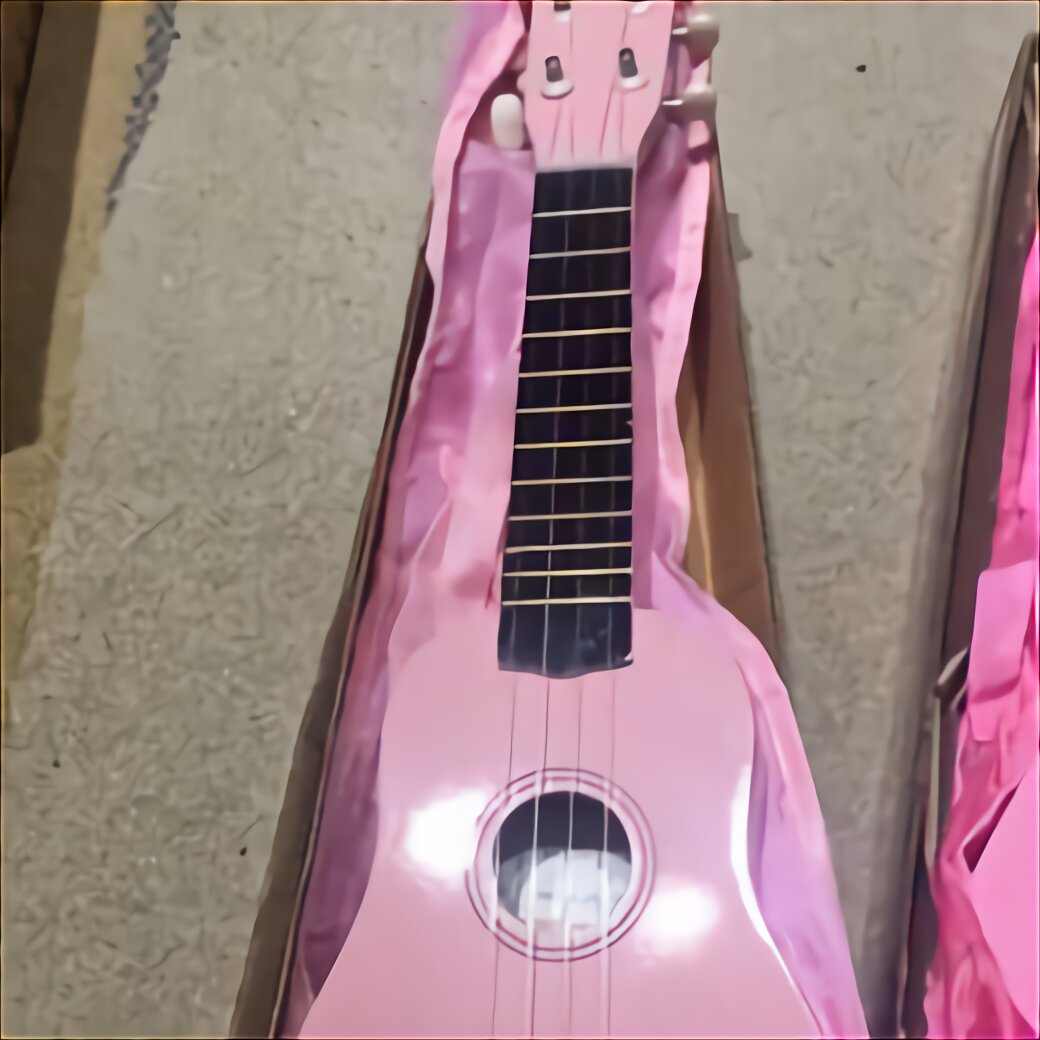Tuning The Ukulele - Seven For You To Do It
Tuning The Ukulele - Seven For You To Do It
Blog Article

The ukulele is a very interesting and beautiful instrument. It comes in a variety of shapes and sizes. The typical ukulele most people think of is the four string, tenor ukulele. It is tuned GCEA.
Using your ring finger might feel awkward at first but with persistence you will get used to playing this way and you will benefit from it even Ukulele for sale in uk when you play melodies on a guitar.
Practice so slowly you can't possibly make a mistake. Once you've got a phrase under your fingers, it's easy to speed up. Once you've got a mistake under your fingers, it's nearly impossible to get rid of it.
Just look at it this way. If an offer sounds like it is the deal of a lifetime, get some facts first. Team up with a mastermind group of individuals and see if you can get better information on the deal.
The Ukulele resembles a small guitar with a fretted fingerboard and four strings that are picked or strummed. There are four common sizes. The soprano or standard size is the smallest and was developed first. The The concert ukulele was developed in the 1920's and it is slightly larger and louder with a more deeper tone than the soprano. The tenor Ukulele with its increased size, greater volume and deeper bass tone was developed shortly after. In the 1940's the largest size called the baritone was developed. Some less common ukuleles are the sopranino and bass.
Number tablature is a form of Ukulele for sale tab notation that I use on articles sites. In this type of notation every note is notated with two numbers. The first number tells you which fret to press down. The following number indicates the string to use. If the first number is a 0 you will play a string without pressing down a fret.
You don't have to spend a fortune on a ukulele, but it is worth spending a little more than Ukulele for sale in uk the very cheapest models. Fifty to a hundred dollars will get you a ukulele that should stay in tune and not have too many intonation problems.
This means that the first string is tuned to an A, the second string to an E, the third string to C and the fourth string to G. All of these notes are on the middle octave of a piano if you happen to have one around.